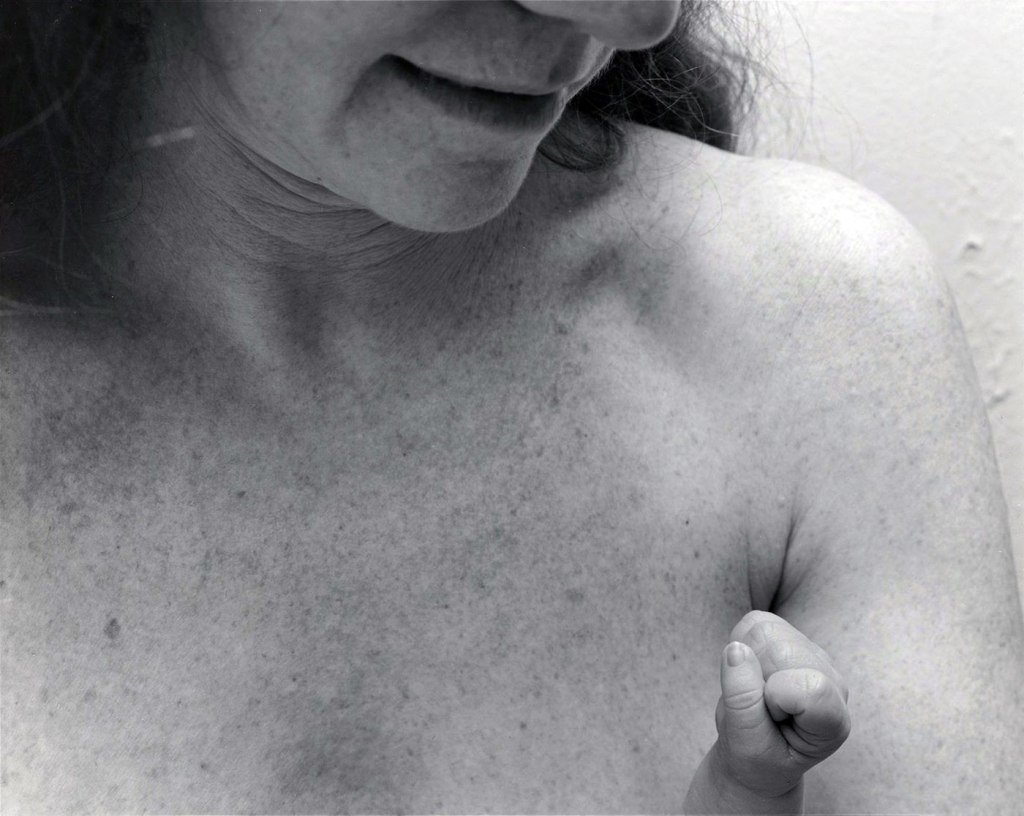Una de las investigaciones más convincentes acerca del retrato y el tiempo en la fotografía contemporánea está en la visión Nicholas Nixon: Las hermanas Brown. La exposición presenta el trabajo más conocido del fotógrafo Nicholas Nixon, una serie de retratos en blanco y negro, de su mujer Bebe y sus tres hermanas, realizadas cada año desde 1975. Mientras que las fotografías tienen sus raíces en las instantáneas de la familia, el rigor del artista y el compromiso de las mujeres en el proyecto trasciende su herencia para crear un testimonio en movimiento sobre las relaciones humanas.
Desde 1975, Nicholas Nixon ha fotografiado a su mujer Bebe y sus tres hermanas cada año, trabajando dentro de una serie de limitaciones impuestas. El formato de las fotografías se estableció con la primera y no ha variado sustancialmente en los 31 años que ha durado. Las hermanas se alinean en el mismo orden de izquierda a derecha, Heather, Mimi, Bebe, Laurie. Con pocas excepciones, el escenario suele ser al aire libre, en un jardín o una playa, y con luz natural. Nixon, que se presenta ante el grupo con una cámara de 8×10, aparece a veces como una sombra sobre las mujeres. No importa cuántas exposiciones haga, Nixon selecciona sólo una en representación de las mujeres cada año.
A partir de estos parámetros limitados, Nixon ha creado un ensayo de gran alcance sobre el paso del tiempo, capturando los cambios concomitantes y el desplazamiento de los estados de ánimo, mientras acredita el carácter duradero de los lazos familiares. Cuando las 31 fotografías realizadas entre 1975 y 2005 son examinadas, los espectadores pueden estudiar no sólo los cambios imprevistos en el fondo, la iluminación, y el vestido, sino también el envejecimiento progresivo e incremental de las mujeres, y acontecimientos trascendentales de la vida como el embarazo. Un análisis más detallado también sugiere cambios tanto en el comportamiento y la psicología de las mujeres como en sus relaciones entre ellas.
La admiración de Nixon por el fotógrafo Walker Evans le llevó a trabajar con cámaras de gran formato, primero utilizó negativos de 4×5 pulgadas y después negativos de 8×10 pulgadas. Para “Las Hermanas Brown” empleó una gran cámara de 8×10 montada en un trípode en la que debía cargar cada hoja de película por separado para cada exposición. Luego utilizó negativos de 8×10 para hacer impresiones de contacto, lo que da a las fotografías resultantes una gran claridad e impacto.
//
One of the most compelling investigations of both portraiture and time in contemporary photography is on view in Nicholas Nixon: The Brown Sisters. The exhibition presents photographer Nicholas Nixon’s best-known work, a series of black-and-white portraits of his wife Bebe and her three sisters taken each year since 1975. While the photographs have their roots in family snapshots, the rigor of the artist and the commitment of the women to the project transcend their heritage to create a moving testament of human relationships.
Since 1975, Nicholas Nixon has photographed his wife Bebe and her three sisters each year, working within a number of deliberate constraints. The format of the pictures was set with the first one and has not varied substantially in the intervening 31 years. The sisters are lined up in the same order from left to right: Heather, Mimi, Bebe, Laurie. With few exceptions, the setting is outdoors on a lawn or a beach, and in natural light. Nixon, who stands before the group with an 8×10 view camera, appears at times as a shadow cast across the women. No matter how many exposures he makes, Nixon selects only one to represent the women each year.
Working within these limited parameters, Nixon has created a powerful essay on the passage of time, capturing attendant changes and shifting moods while testifying to the enduring nature of family ties. When all 31 photographs made between 1975 and 2005 are examined, viewers can study not only incidental changes in background, lighting, and dress, but also the gradual, incremental aging of the women, and such momentous life-events as pregnancy. Close scrutiny also suggests changes in both the demeanor and psychology of the women and their relationships with each other.
Nixon’s admiration for photographer Walker Evans first led him to work with large-format cameras, first one that uses 4 x 5 inch negatives and then one that uses 8 x 10 inch negatives. For The Brown Sisters, he employs a large 8 x 10 view camera mounted on a tripod and must load each sheet of film separately for each exposure. He then uses his 8 x 10 negatives to make contact prints, which gives the resulting photographs maximum clarity and impact.
Compartir esto // Share this:




































